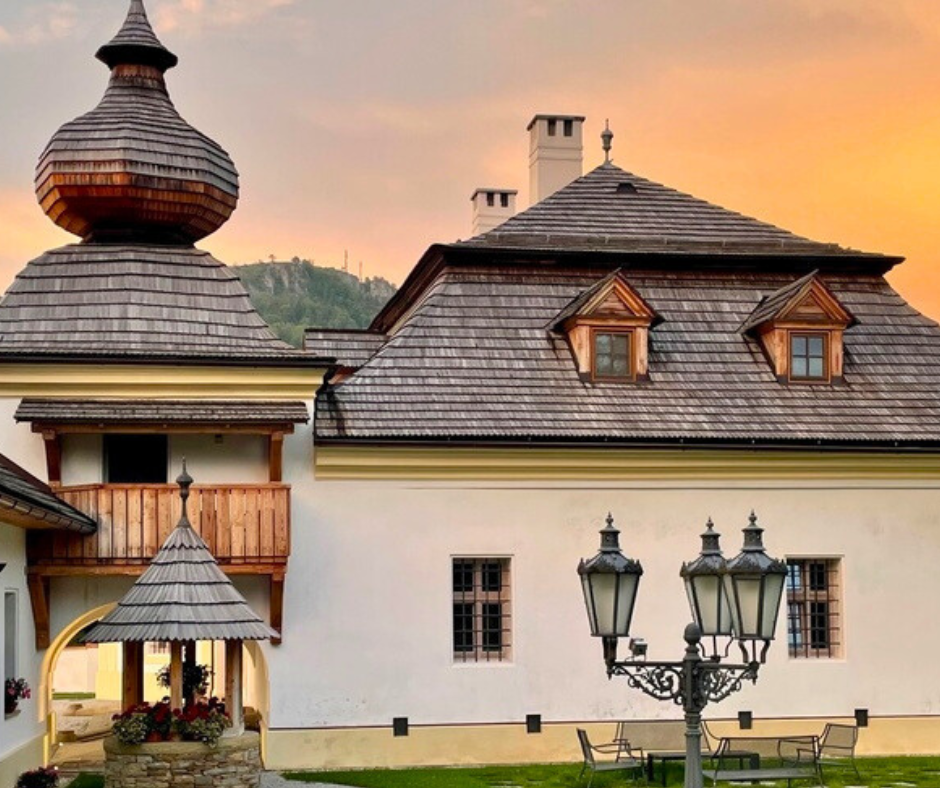In the remote corners of Slovakia, away from the bustle of modern cities, lie villages that seem untouched by time. These small rural communities, often nestled in valleys or hidden among hills and forests, offer an extraordinary glimpse into the country’s cultural soul.
With their distinctive wooden architecture, centuries-old folk costumes, and strong traditions of craft, music, and storytelling, these villages are a living museum of Slovak heritage.
Čičmany: The Painted Village
Čičmany, perhaps the most famous of Slovakia’s heritage villages, is instantly recognisable thanks to the white geometrical patterns painted on the dark wooden façades of its houses.
These intricate designs, once thought to protect homes from evil spirits, now stand as a proud symbol of Slovak folk art. The village is also known for its traditional embroidery, which mirrors the architectural motifs and is worn during festivals and special celebrations.

Vlkolínec: A UNESCO Time Capsule
Vlkolínec, a UNESCO World Heritage Site, is a perfectly preserved example of a Central European village with medieval roots. With no modern construction allowed, the village features traditional log houses with steep shingle roofs, a wooden bell tower from the 18th century, and a rustic charm that captures the imagination.
Visitors can walk its narrow lanes and feel what life may have been like centuries ago.
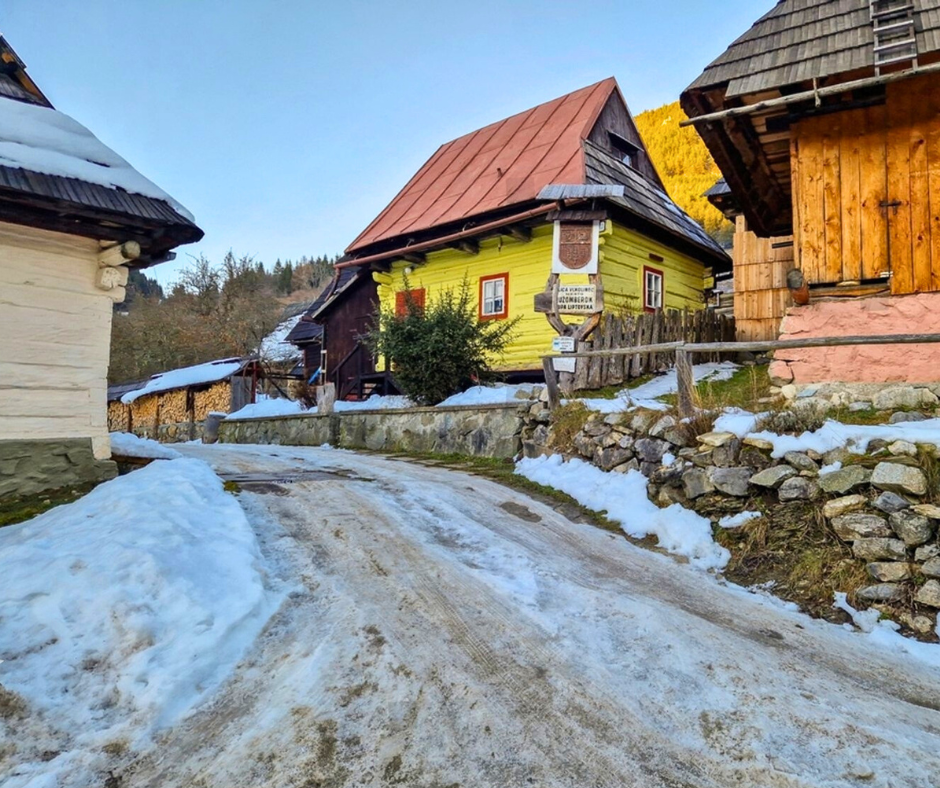
Detva: The Heartbeat of Folk Culture
The town of Detva, situated in central Slovakia, is home to one of the country’s largest folk festivals, held every July.
But even in November, Detva remains a stronghold of tradition. Villagers craft wooden tools, carve shepherd’s axes, and maintain the art of ‘fujara’ music – a hauntingly beautiful flute sound that was once played by mountain shepherds. Handmade garments and costumes are still worn for church and family ceremonies.
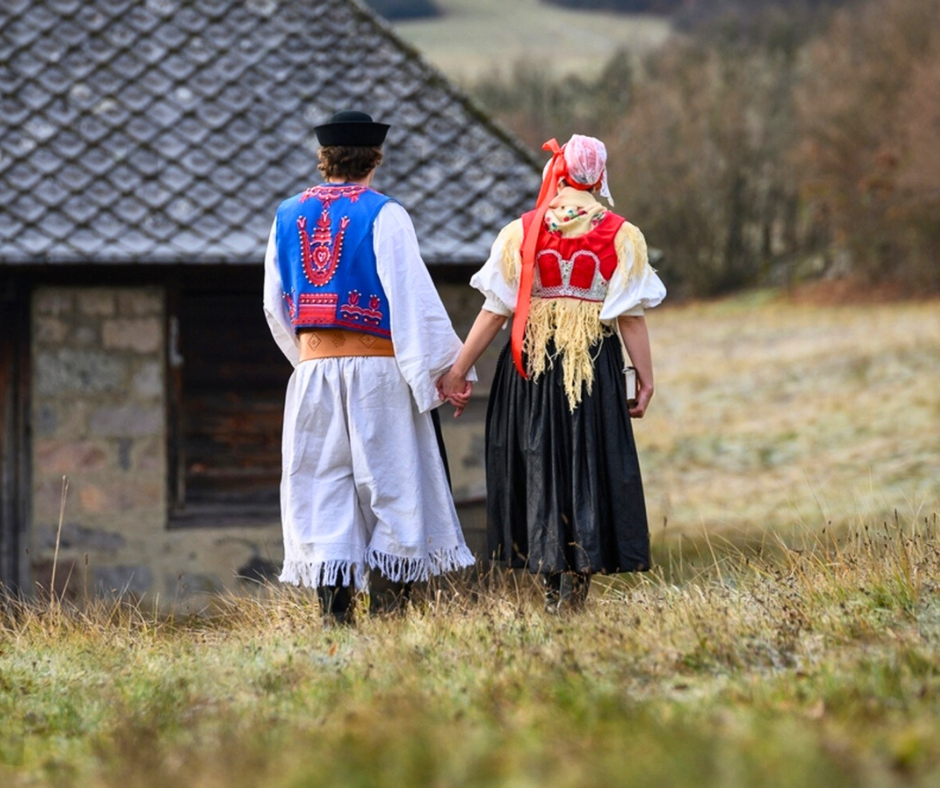
Osturňa: Life Along the Polish Border
Osturňa, located near the border with Poland, is one of the longest villages in Slovakia, stretching over six kilometers. Its wooden houses and barns reflect a blend of Slovak and Gorale culture – the mountain people who live across the Tatra Mountains in both Slovakia and Poland.
Even in late autumn, the village hosts gatherings around the church square, where hot mulled wine, roasted chestnuts, and regional cheeses warm the heart.

Traditional Fairs and Autumn Life
In these villages, the rhythm of life is marked by nature. Autumn is especially significant – a time for harvest, rest after the growing season, and the preparation for long winters. Harvest festivals, known as ‘Dožinky,’ are still celebrated with music, dancing, wreaths of wheat, and communal meals.
Markets and fairs pop up in town squares and near churches, offering handwoven cloth, wooden toys, honey-based products, and sheep’s cheese (bryndza). Artisans demonstrate how to carve wooden spoons or shape ceramics using techniques handed down through generations.
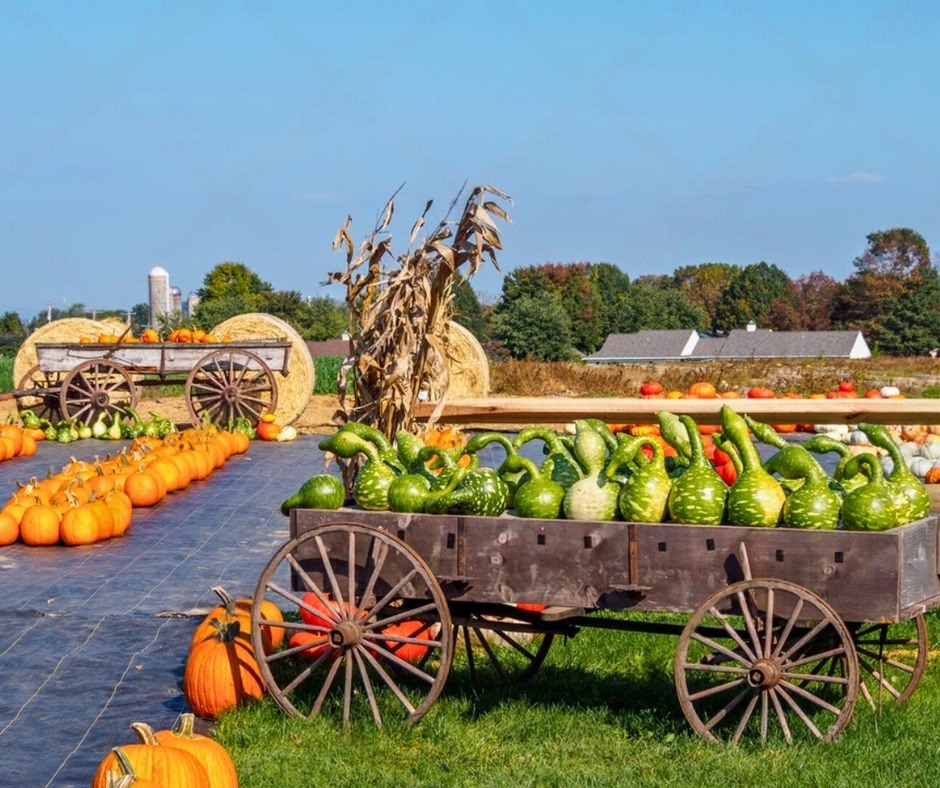
Folk Costumes: Threads of Identity
Each region in Slovakia has its own style of folk dress (kroje), which vary in color, cut, embroidery, and materials.
In mountain villages, warmer woolen versions are common, often layered with handwoven shawls or vests. Even today, people wear these costumes for festivals, weddings, or religious holidays. In some places, local choirs and folklore ensembles perform traditional dances in full costume, passing down both song and spirit.
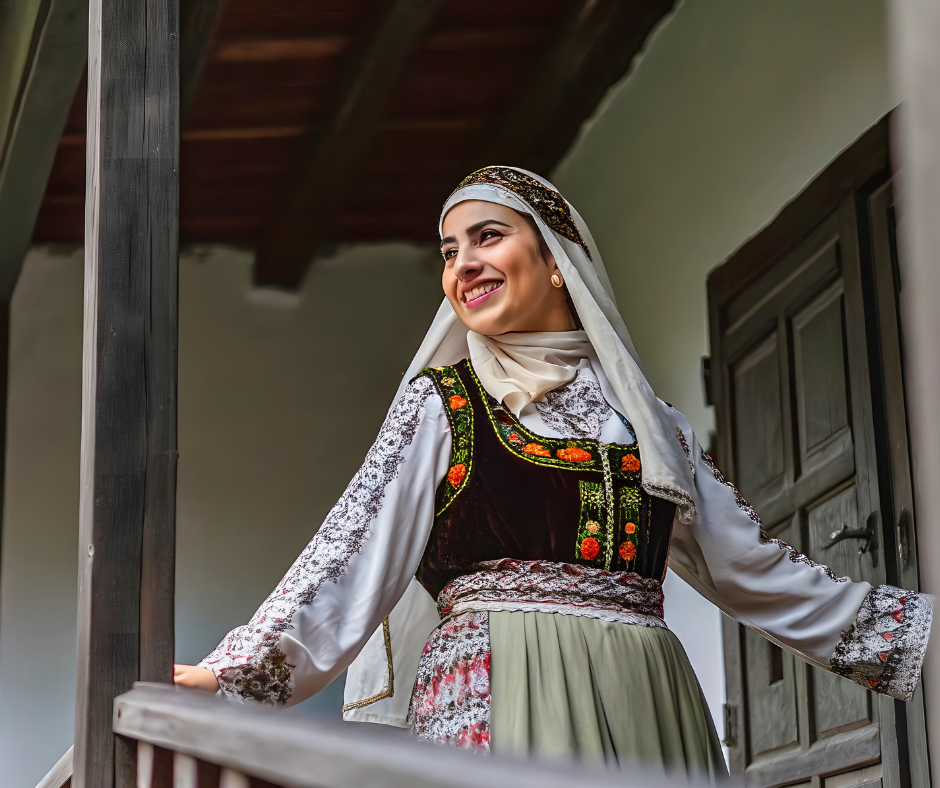
Food Traditions
Village cuisine in Slovakia is hearty, seasonal, and rooted in peasant traditions. In autumn, dishes feature ingredients like potatoes, cabbage, mushrooms, and game. You might enjoy:
- Kapustnica: A spicy sauerkraut soup with smoked sausage.
- Lokše: Thin potato pancakes often served with goose or duck.
- Pirohy: Dumplings filled with cheese or potatoes.
- Trdelník: A sweet pastry cooked on a spit over an open flame, more common in winter markets. Meals are typically shared family-style, and often accompanied by homemade plum brandy (slivovica).
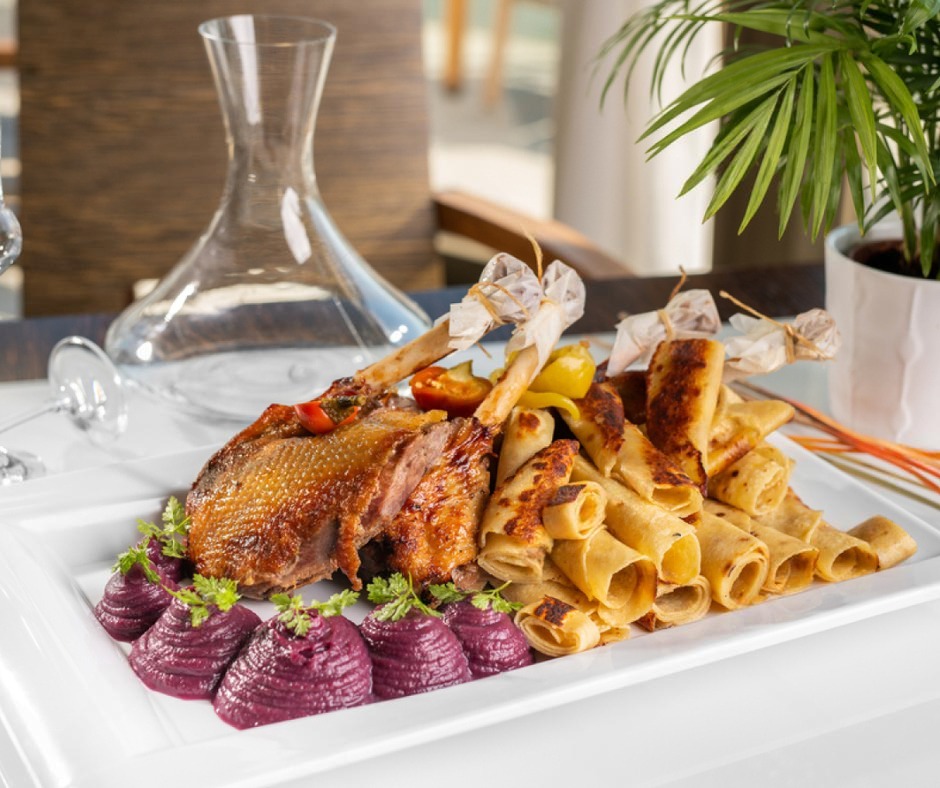
Respecting the Heritage
Visiting these villages is a privilege, and local communities appreciate travelers who come with respect and curiosity.
Support local artisans by purchasing handmade goods directly. Avoid overtourism by staying in small guesthouses or visiting during the shoulder season. Take time to speak with locals – many are eager to share their stories, especially with those who show genuine interest.
How to Get There
Many of these villages are reachable via train and bus from major cities like Bratislava, Košice, or Banská Bystrica. Renting a car provides the most flexibility, especially for villages off the main tourist routes.
Preserving the Past for the Future
These Slovak villages are not relics of the past – they are places where tradition still lives. Whether through seasonal fairs, music, crafts, or the simple act of gathering for a meal, each community plays a role in preserving a shared identity. As urban life grows ever faster, these slower-paced places remind us that heritage, once lost, is hard to recover – but when nurtured, it offers roots and richness beyond measure.
Stay in Authentic Slovak Heritage
As you journey through these timeless villages and landscapes, immerse yourself fully in the spirit of Slovak culture by staying at one of our Heritage Hotels of Europe in Slovakia. From historic manor houses to charming mountain retreats, each property offers a unique connection to the country’s living traditions and warm hospitality. Discover more and plan your stay at Heritage Hotels in Slovakia.
